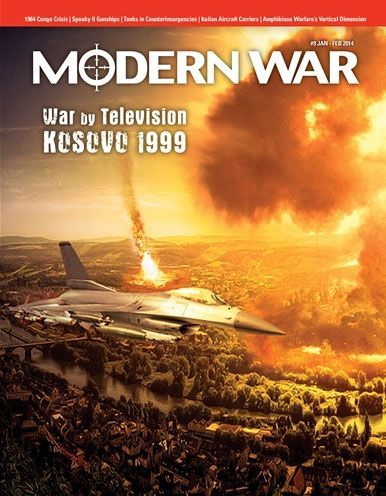War by Television: Kosovo 1999 (2014) Board Game
War by Television: Kosovo 1999 is a board game that simulates the conflict in Kosovo in in 2014. Designed by Joe Youst and published by Decision Games in 2014, the game allows players to take on the roles of NATO or Serbian forces as they navigate the complex political and military landscape of the Kosovo War.
Game Components of War by Television: Kosovo 1999
How To Setup War by Television: Kosovo 1999
Setup involves placing the counters on the map according to the specified scenarios. The game posits a “what-if” situation where NATO and the US invade Serbia, so the initial placement reflects the hypothetical ground war. The game includes a setup phase where players determine the weather, reconstitution, and initial unit positions. There is minimal stacking allowed for NATO units, except for certain units like the KLA, while Serbian units can stack up to six units.
Gameplay Mechanics and Game Objective
Player Experience
**War by Television: Kosovo 1999** offers a unique blend of strategic depth and historical speculation. Players delve into a hypothetical ground war scenario, which adds a layer of complexity to the well-documented air campaign of the Kosovo War. The game is designed for 1 to 2 players, making it accessible for solo play or head-to-head competition.
Pros
Cons
Personal Thoughts on War by Television: Kosovo 1999
This game is ideal for wargame enthusiasts and those interested in modern military history. It provides a unique perspective on the Kosovo conflict by exploring a ground war scenario that never occurred. The game’s balance of strategic depth and historical context makes it a compelling choice for players looking to engage in thoughtful and challenging gameplay. However, it may not be the best introduction for new players to the wargame genre due to its specific mechanics and historical context.
We are supported by our audience. When you purchase through links on our site, we may earn an affiliate commission, at no extra cost for you. Learn more.

